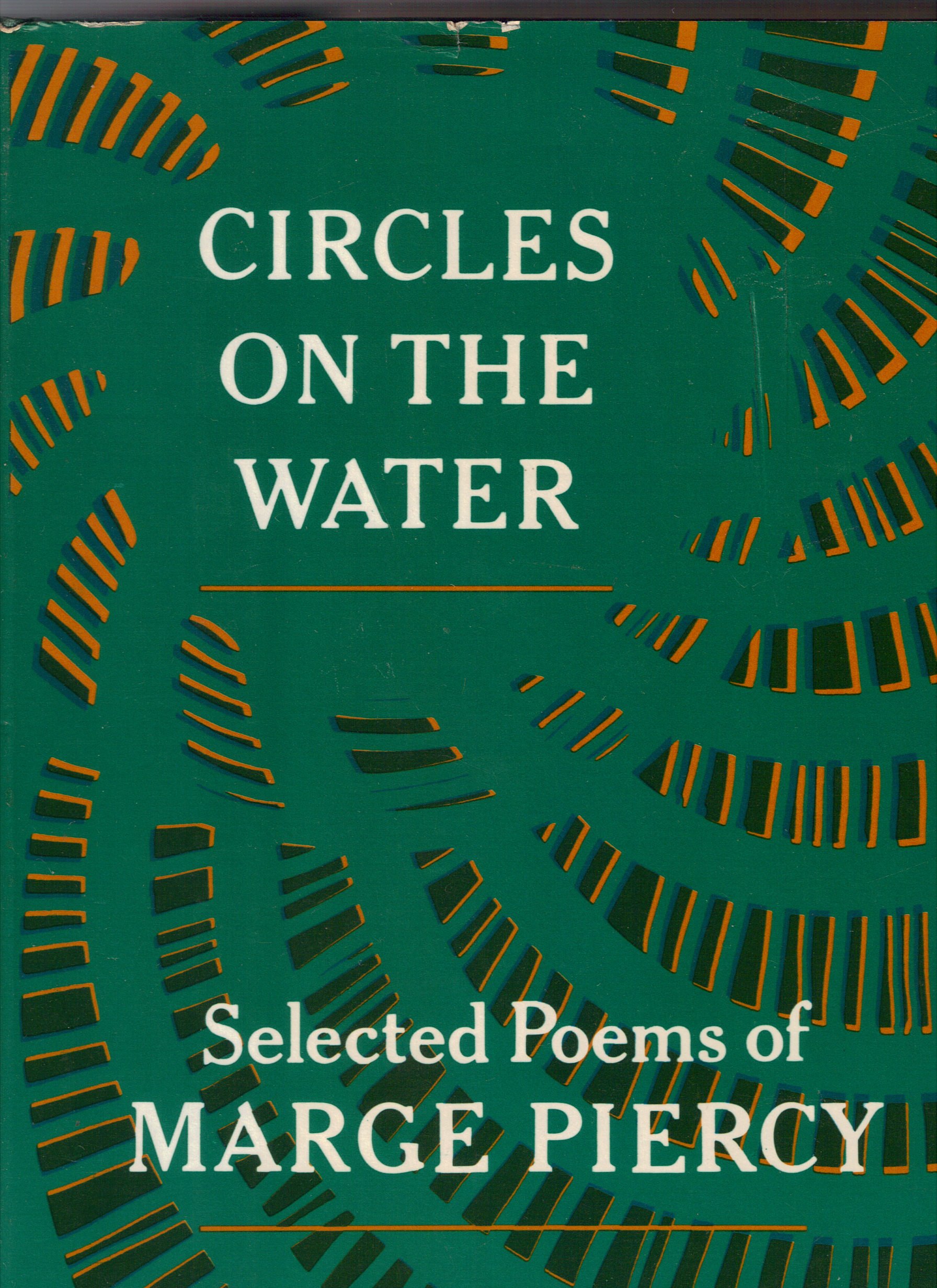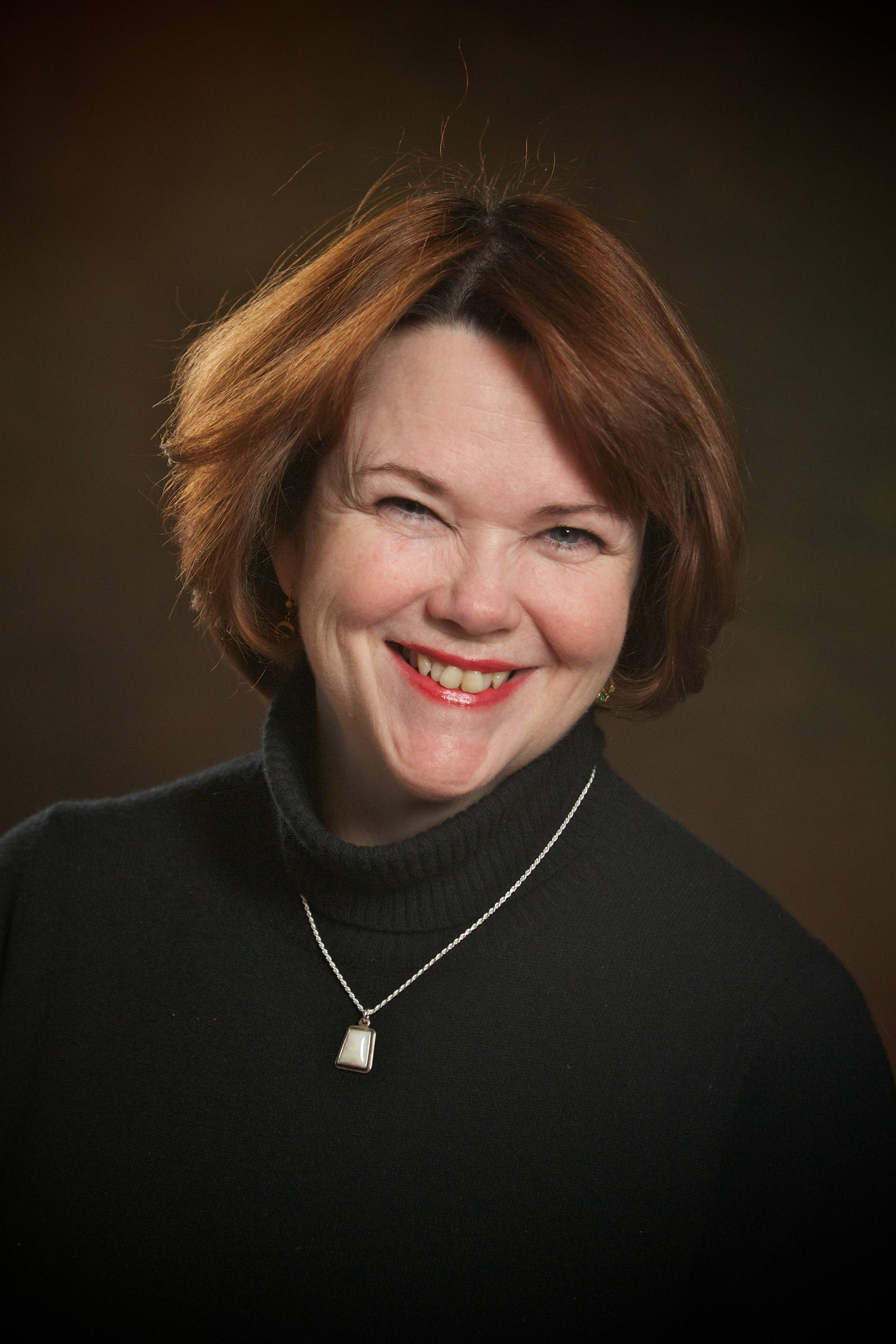Essay by Gloria Heffernan
The Thing Worth Doing—with a Nod to Marge Piercy

In 2002, I interviewed John Sexton shortly after he became president of New York University (he’ll be retiring at the end of this year). As we sat in his office overlooking Washington Square Park, Sexton shared a story that’s stayed with me ever since. He talked about his education at Brooklyn Prep, a Jesuit high school in New York City, where he was profoundly influenced by his teacher and mentor, Charlie Winans.
Sexton, a captivating storyteller himself, told me about this charismatic teacher who, some forty years after Sexton’s high school graduation, attended his inauguration as president poised in a wheelchair, beaming from ear to ear. Sexton recalled that Winans would tell students he started each day by looking in the mirror and asking, “Am I living a useful life?” When he could answer with a resounding yes, he was ready to face the day. As a teenager, Sexton began asking himself that same question.
Although I never met Charlie Winans, he became my teacher the day John Sexton told me that story. In June 2014, when I stepped down from my full-time job as director of service learning at Le Moyne College in upstate New York, the question took on a deeper and more challenging resonance.
What, after all, is a useful life? I’d just chosen to enter early retirement, leaving a job that had measurable usefulness: overseeing hundreds of college students performing meaningful service at agencies across the city of Syracuse. My reasons for this transition were meaningful to me, but very personal. I wanted to spend more time with my husband and travel to visit our far-flung family members spread out over six states and as many time zones. I wanted to finish writing a book I’d started over a decade ago, which may or may not be relevant to a wider audience anymore. And I wanted to write poetry—to approach it seriously and with determination and with all the discipline and energy I’d invested in all my previous “useful” jobs.
The trouble is, the usefulness of poetry is far from quantifiable. It’s very hard to explain to those who believe only measurable impact matters, and at times, I catch myself believing this as well. Is it useful to wake up at five a.m. and gaze out the window, sipping coffee, wondering how I might describe what I’m looking at as the sky changes from black to grey to blue? And if those thoughts should evolve into a poem, is that poem useful if it never gets published? And if it gets published, is it useful if I don’t get paid for it? And if I don’t get paid for it, do I define that “product” as worthless or priceless?
These questions are the baggage I’ve been slowly unpacking for the past two years. It’s no coincidence that Marge Piercy’s “To Be of Use” was the poem I chose when I took a creative writing class in fall 2014 with my teacher and friend Linda Pennisi, who asked each student to select a poem by way of introduction to our classmates.
Piercy’s poem has been a favorite of mine for many years, but like any great poem, it takes on different meanings at different times in a reader’s life. This time, when I reread it in preparation for the class, these are the lines that jumped out:
The work of the world is common as mud.
Botched, it smears the hands, crumbles to dust.
But the thing worth doing well done
has a shape that satisfies, clean and evident.
In the past, the image that resonated most with me was “I love people who harness themselves, an ox to a heavy cart.” I could easily relate, being the hard worker, always the last to leave the office, always the first to volunteer. But my usefulness is no longer determined by a title on a business card, and “the thing worth doing” is no longer defined by a job description.
 As I navigate this retirement (or what I’ve come to think of as unpaid self-employment), I struggle once again with questions that have dogged me for over thirty years. How does a writer know she’s a writer? Where does the unpublished writer find the validation to go on writing? Who grants her permission to call herself a writer?
As I navigate this retirement (or what I’ve come to think of as unpaid self-employment), I struggle once again with questions that have dogged me for over thirty years. How does a writer know she’s a writer? Where does the unpublished writer find the validation to go on writing? Who grants her permission to call herself a writer?
I want the answers, and I want them now. In the meantime, I wake up every morning and sit on the couch with my cup of coffee and let the images emerge. As lines begin to take shape, I make that journey from the couch to my computer and harness myself to a different cart, no longer at the behest of any external deadlines or demands.
There are days when that freedom fills me with an immeasurable sense of peace and gratitude; other days, it leaves me untethered and adrift. I haven’t yet learned how to modulate those extremes, but even on bad days, I do the work. I craft my ideas into things I hope will be as beautiful and useful as Piercy’s “Hopi vases that held corn.” I want them to be “work that is real.” When I do that work with diligence, courage, and joy—yes, there’s a lot of that, too—I can look in the mirror and think of Charlie Winans and John Sexton and Marge Piercy. I can say yes, I am living a useful life.
Publishing Information
- “To Be of Use” by Marge Piercy from Circles on the Water (Knopf, 1982).
Art Information
- Detail from school mural in San Juan de Limay, Nicaragua (2014) © Maria Gabriela Aldana; used courtesy Art of Solidarity.
 Gloria Heffernan's work has appeared in over two dozen journals and magazines, including the Chautauqua Journal, Columbia Review, Healing Muse, New York Times Metropolitan Diary, Stone Canoe, and Chronicle of Higher Education. She teaches part-time at Le Moyne College in Syracuse, New York, and holds a master’s degree from New York University.
Gloria Heffernan's work has appeared in over two dozen journals and magazines, including the Chautauqua Journal, Columbia Review, Healing Muse, New York Times Metropolitan Diary, Stone Canoe, and Chronicle of Higher Education. She teaches part-time at Le Moyne College in Syracuse, New York, and holds a master’s degree from New York University.
